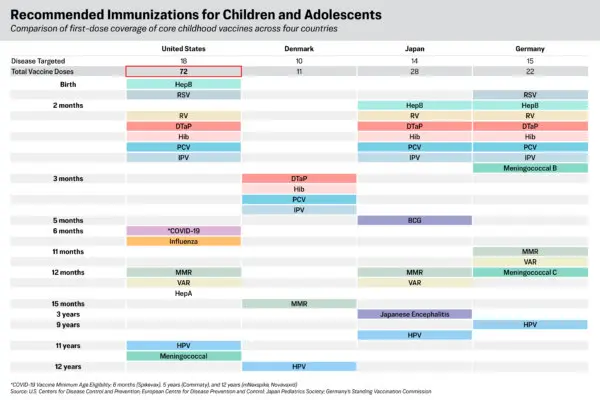The nation’s utilities generated 5 percent more electricity during the first six months of 2024 than in the first half of 2023 because of a hotter-than-normal start to summer and increasing power demands from the commercial sector, the Energy Information Administration (EIA) said in its July Short-Term Energy Outlook.
Some fear that intermittent renewable energy from the sun, the wind, water pressure, and geothermal steam can’t reliably keep pace with rapidly growing energy demands without redundant fossil fuel generation unless battery storage and transmission technologies advance.










